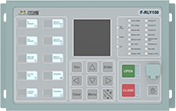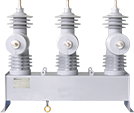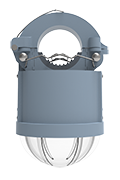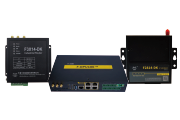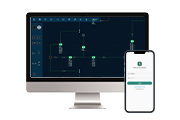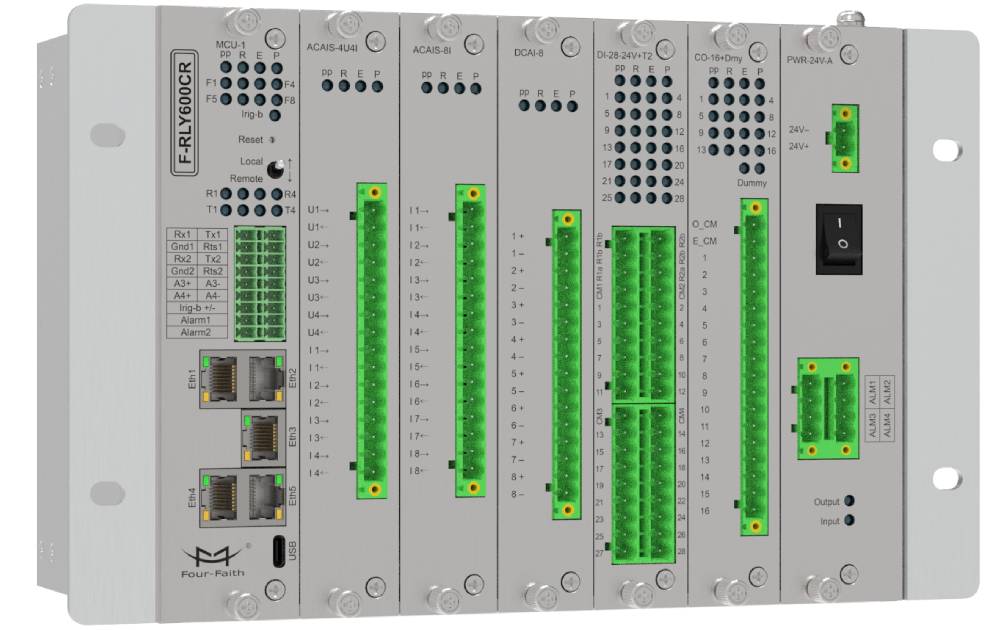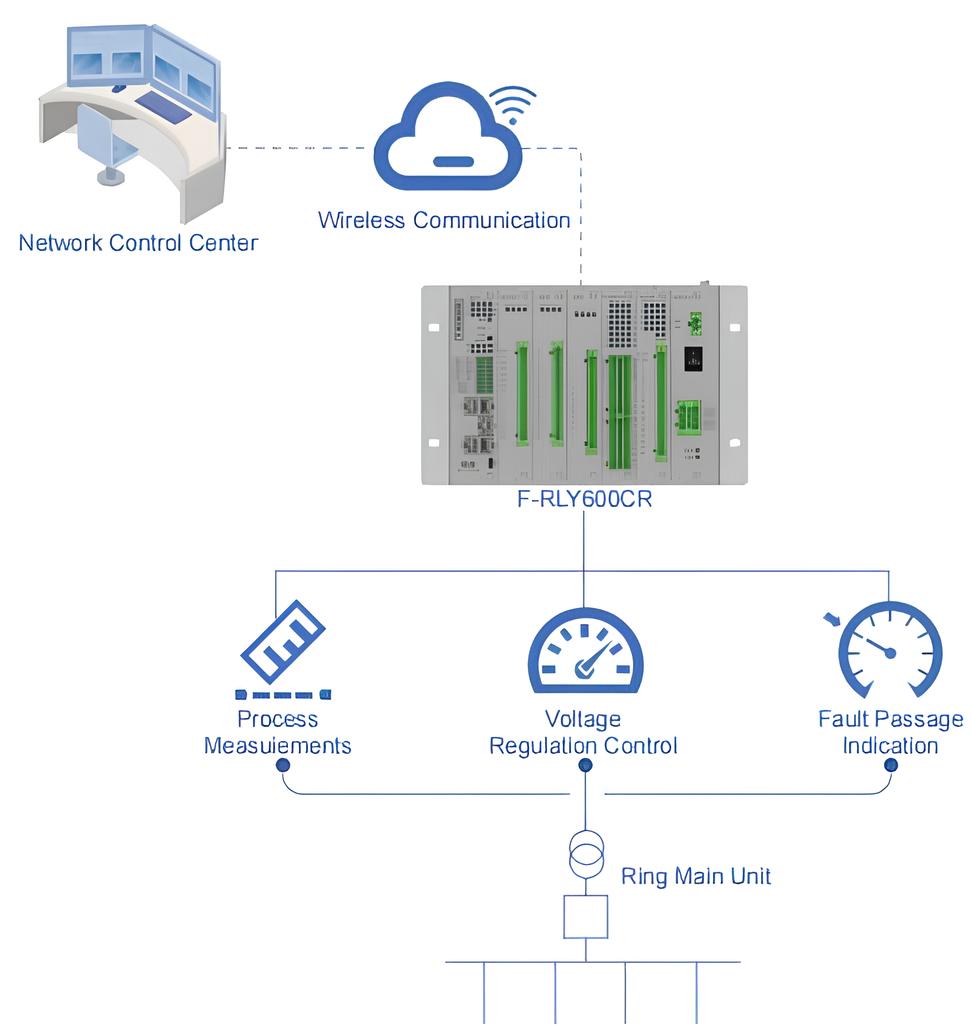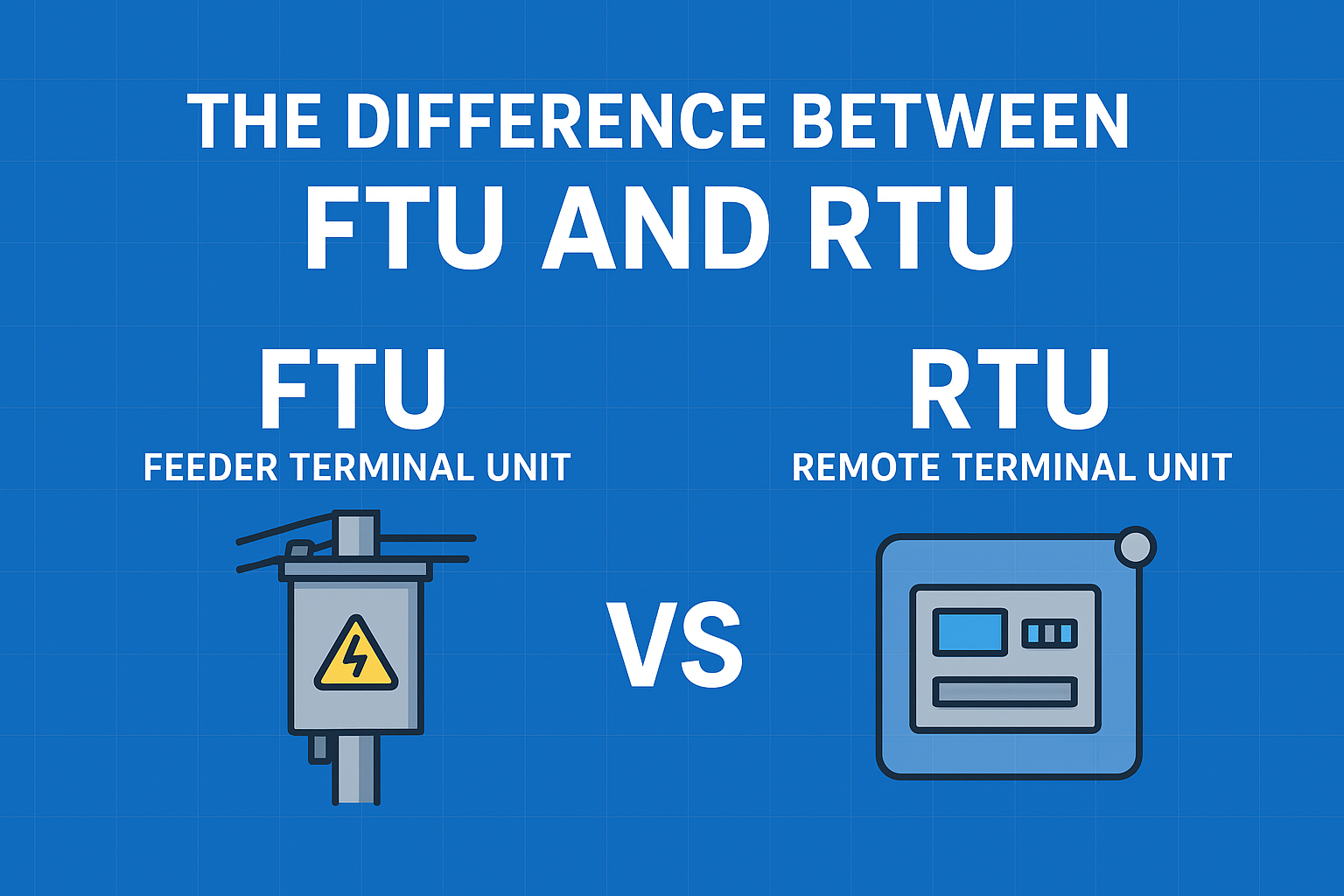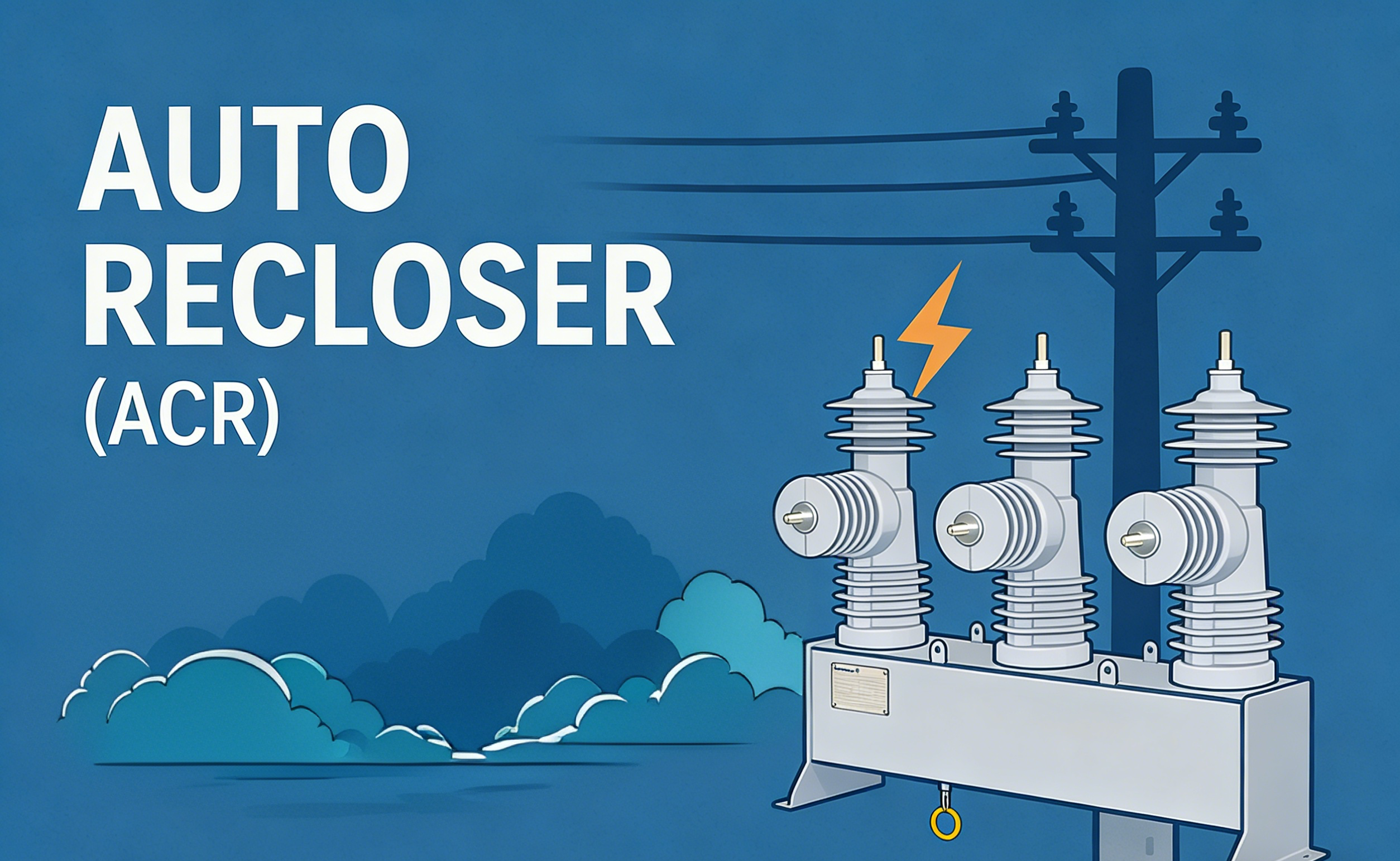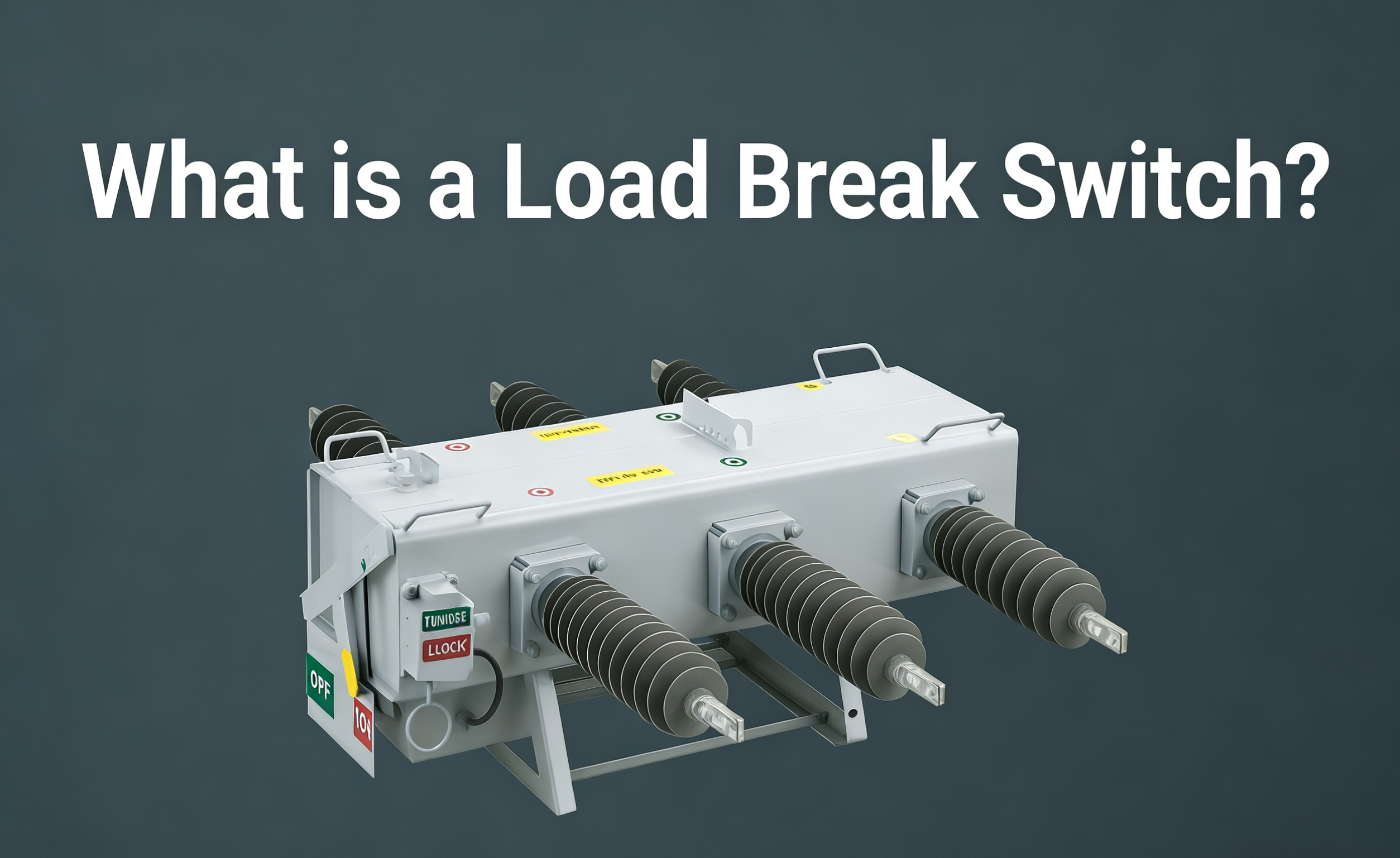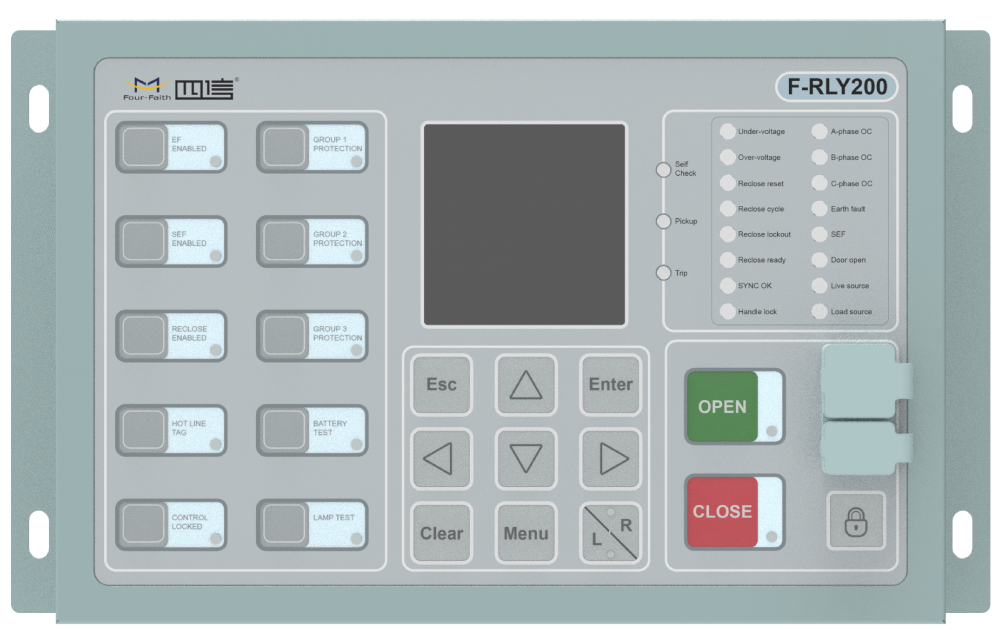News
What is RTU and how does it work?
Date:2025-09-24
In today’s rapidly evolving energy landscape, utilities and industries rely on advanced digital solutions to keep operations reliable, secure, and efficient. One of the most important components in this transformation is the Remote Terminal Unit (RTU).
RTUs serve as the bridge between field devices and control centers, making them a key part of SCADA (Supervisory Control and Data Acquisition) systems. By collecting, processing, and transmitting data, RTUs enable operators to make faster and smarter decisions in real time.
What Do Remote Terminal Units Do?
Remote Terminal Units are designed to:
-
Collect and Process Data – Monitor voltage, current, frequency, and power quality.
-
Enable Remote Monitoring & Control – Reduce site visits and improve efficiency.
-
Record Events & Faults – Capture disturbances with high accuracy for analysis.
-
Support Multi-Protocol Communication – Ensure seamless integration with Modbus, IEC, DNP3, and IEC 61850.
These functions make RTUs essential for grid automation, substation monitoring, and industrial applications.
Advanced Features of Modern RTUs
The latest RTUs, such as the F-RLY600CR, offer powerful capabilities that go beyond basic data collection:
-
Modular Architecture – Independent MCU, analog, and digital I/O modules for easy upgrades.
-
Programmable Logic (IEC 61131-3) – Flexible automation for protection and control tasks.
-
High Precision Measurements – Voltage accuracy ±0.2%, frequency ±0.02Hz.
-
Cybersecurity Protection – IEC 62351 compliance and role-based access control.
-
Extreme Reliability – Wide operating range from −40°C to +70°C with low power consumption.
-
Comprehensive Data Storage – Event logs up to 10,000 entries (1ms resolution) and 30 days of historical data.
Where Are RTUs Used?
Remote Terminal Units are deployed across many industries:
-
Ring Main Units (RMU) – Used in substations, feeder automation, and distribution switching networks to ensure reliable power delivery and fault management.
-
Switching Stations: – Widely applied in renewable energy facilities such as solar farms, wind farms, and distributed generation systems to enhance grid integration and operational efficiency.
-
Substations – Deployed to monitor and control pipelines, remote pumping stations, and other vital utility assets, enabling safe and efficient operation of energy and water networks
By integrating seamlessly into SCADA systems, RTUs improve both the efficiency and resilience of modern infrastructures.
The Future of RTUs: Smarter, Safer, and More Connected
With the growth of IoT, edge computing, and smart grids, RTUs are evolving into intelligent field devices capable of:
-
Predictive maintenance
-
Cloud connectivity
-
Distributed automation
This makes RTUs not just monitoring devices, but key enablers of digital transformation in energy and industry.
Conclusion
Remote Terminal Units remain at the heart of grid automation and power system reliability. By offering precise monitoring, secure communication, and flexible integration, they ensure stable operation in critical infrastructure.
For utilities and industries seeking advanced automation, solutions like the F-RLY600CR RTU provide the performance, durability, and intelligence needed for the next generation of energy systems.
👉 Learn more about our Remote Terminal Unit solutions and how they can optimize your power network.

